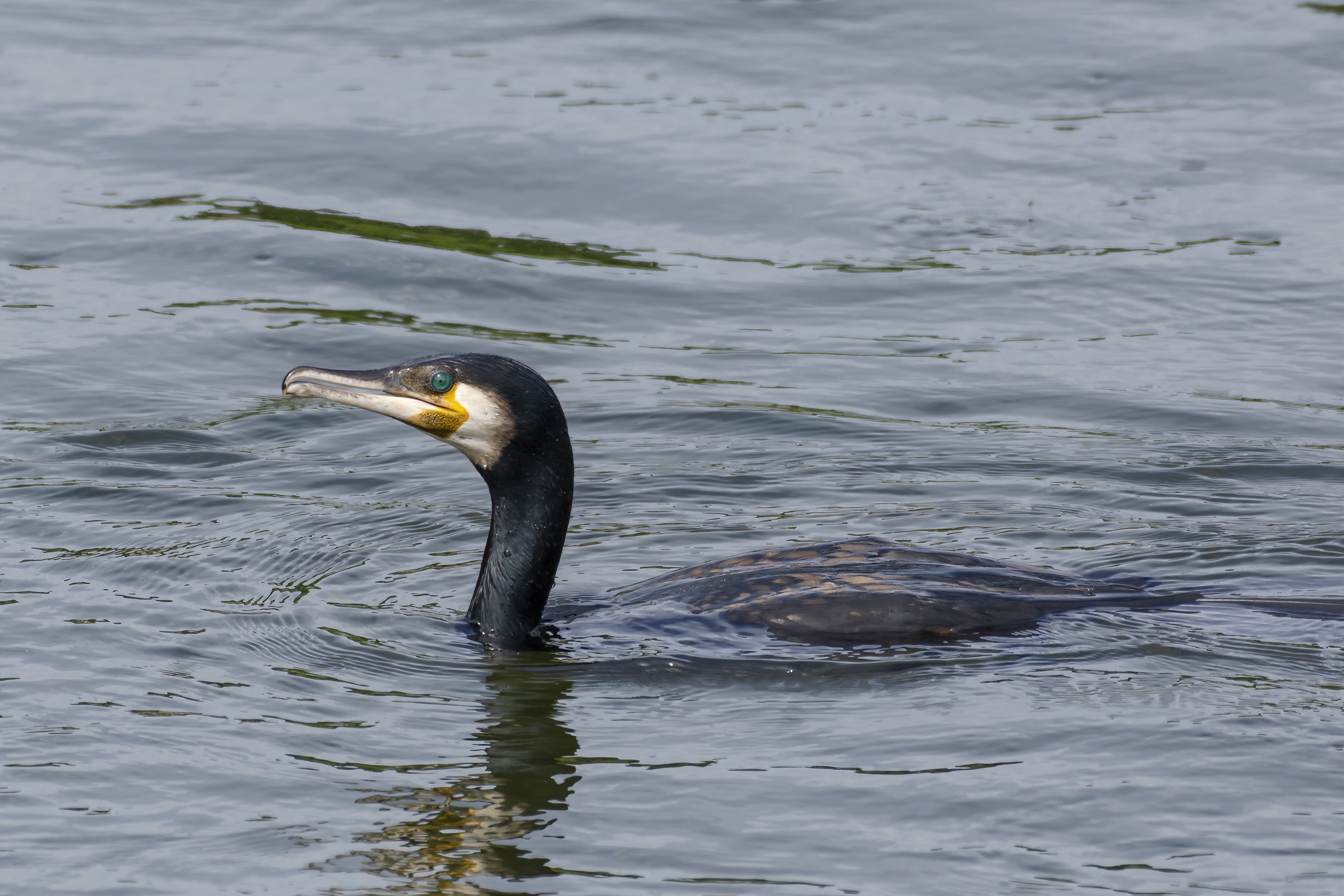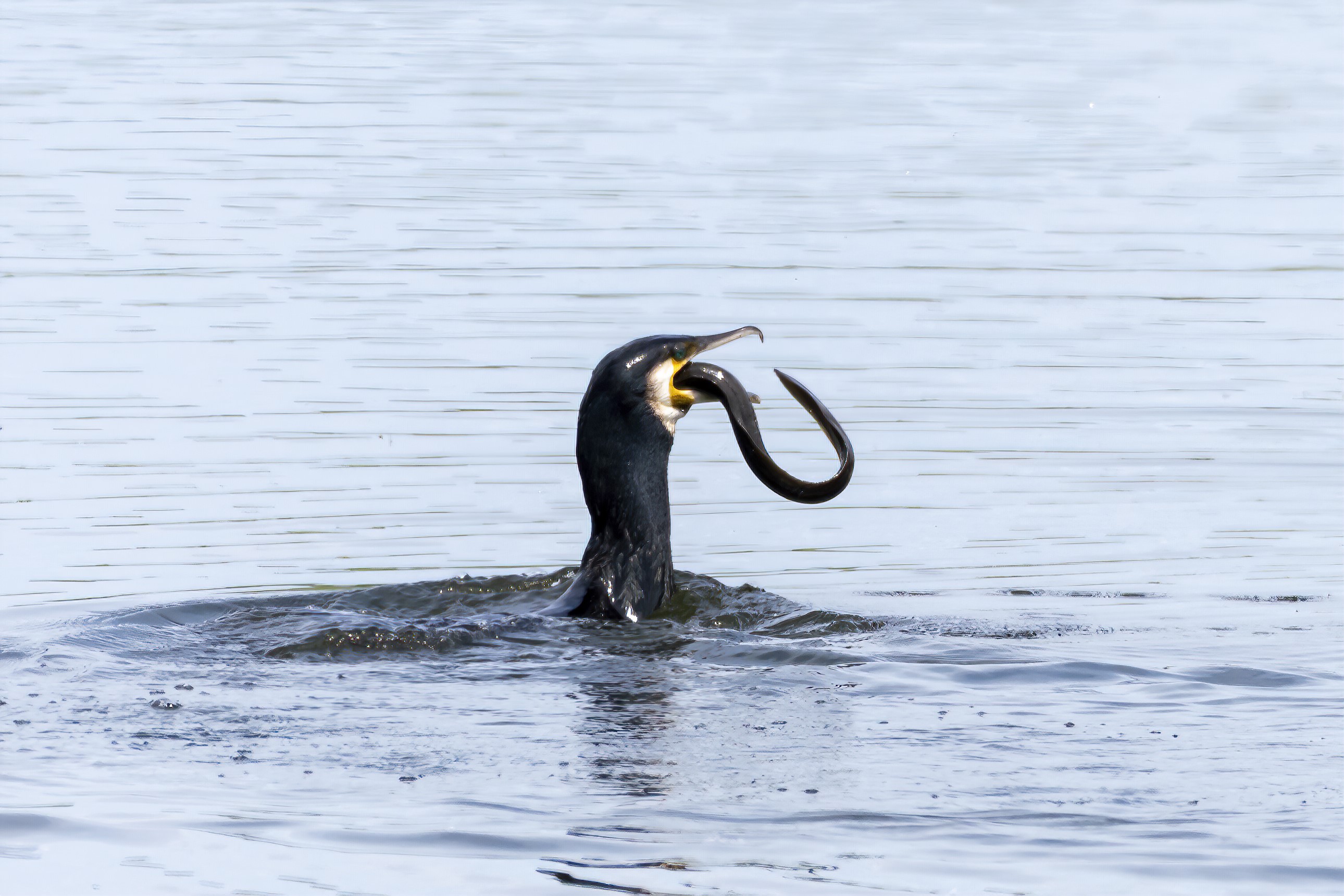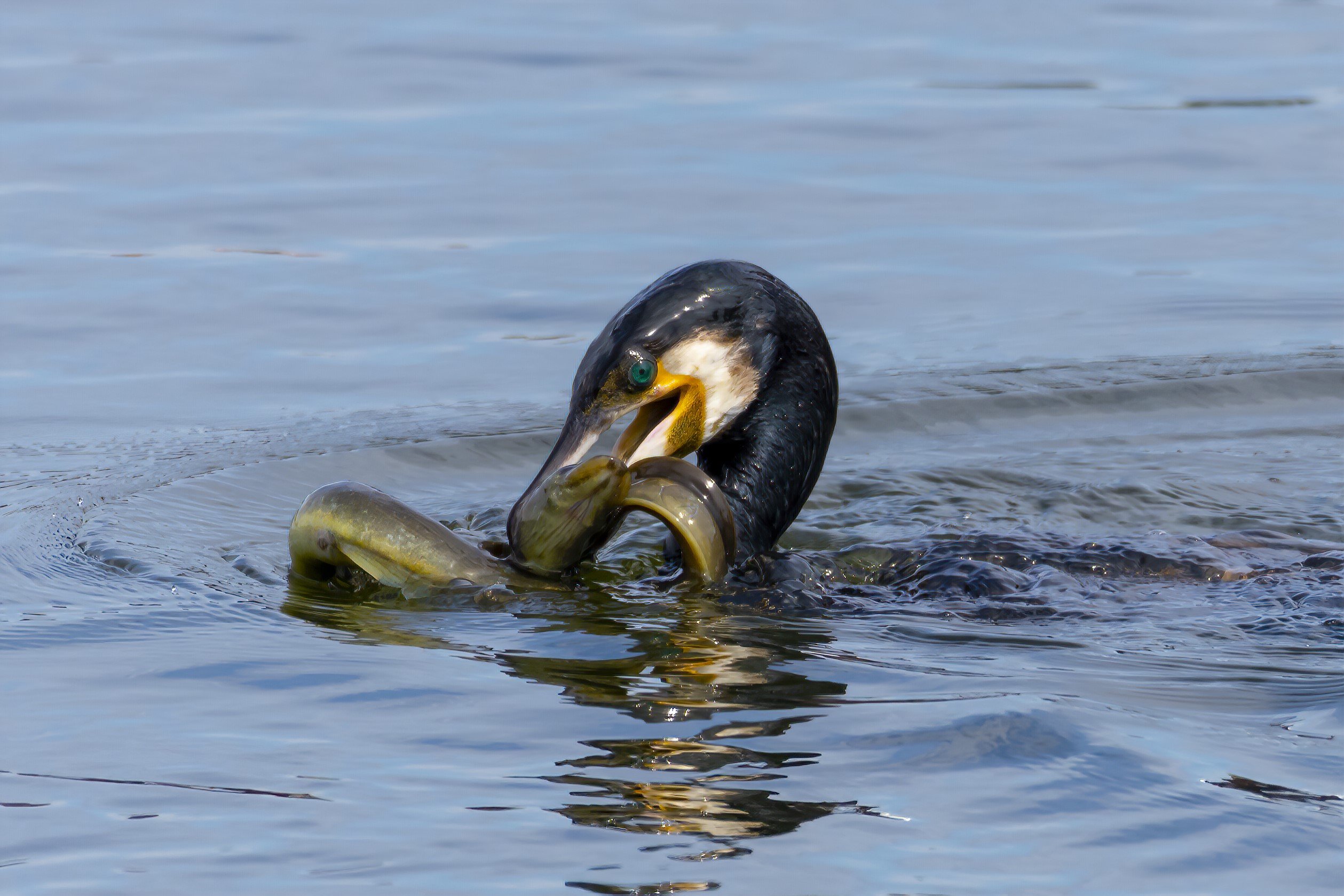this post was submitted on 26 Feb 2024
99 points (97.1% liked)
birding
3608 readers
45 users here now
A community for people who like birds, birdwatching and birding in general!
Feel free to share your photos and other birding-related content here. If a photo you post isn't yours, please credit the original creator! Additionally, it would be appreciated if the location of the sighting and a date were given when a photo or question is posted. You do not have to give the precise location, something like "Northern Idaho, June 2023" or even "North-Western US, June 2023" suffices.
founded 1 year ago
MODERATORS
you are viewing a single comment's thread
view the rest of the comments
view the rest of the comments





I knew it as soon as I saw the pics,! of course it's my man Teddy who shows up with these banging pictures and information. Honestly, you might have your first fan 🤗
Wondering, How did the bird attack the eel in the first place? Do the bird just dive after them? Gut feeling says the eel should be a lot faster than the bird?
You honour me Lunch ☺️
Tldr: Sleepy Eel, very fast and agile bird = dead fish
The big Eels are predators themselves. And if angling is anything to go by then they hunt at night, as that is when they are most often caught. That would suggest that during the day they are probably holed up dozing on or near the bottom of the river in the plants and rocks. Also, at this point of the river, there is a large weir and boat lock, with an eel stair. This allows them to migrate around the man-made obstruction. So they may also be a number of them shoaled up waiting to migrate past the weir. Add this to the fact that cormorants are very fast swimmers, and incredibly agile. That long neck and hooked beak can get in nooks and crannies and latch onto almost anything edible. They are quite capable of catching sea fish in open water. The Eels advantage, if it had one, is they are incredibly slimy and seem to be able to produce additional mucus when threatened. The cormorant lost its grip a few times as it thrashed the eel like a whip trying to subdued it.